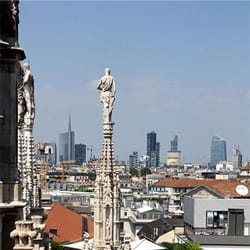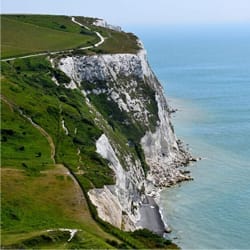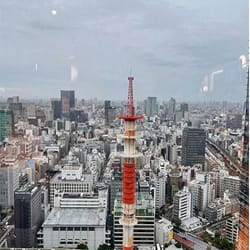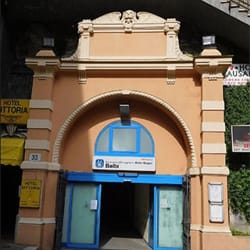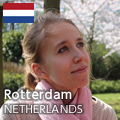Is it just a myth or is it reality?
Not many people know about the famous killing fog that hit London in the now distant 1952: a dense, thick, palpable, greenish-yellowish fog, the result of the combination between the usual London fog, the smog of the many chimneys, of the coal-fired domestic chimneys and of the exhaust from the hundreds of boats that went up and down the great river, then still used as a large river port.
London lived days of real terror during which cases of poisoning were countless and there were even deaths upon deaths.
The killing fog of London, caught the city almost unprepared and lasted from a few days in December 1952 leaving behind thousands of deaths and more than 100,000 people who had to be treated for the after-effects of the diseases for years. It was something terrible due to the concentration in those few days of different climatic factors (rigid cold weather with temperatures around 0°, humidity rate close to 100%, lack of air circulation due to the total absence of wind, combined with the use of poor quality coal for heating and the exhaust fumes from factories and cars).
Visibility was reduced to a few meters and the murderous fog entered everywhere, even inside homes, schools and meeting places.
Many spoke of a Divine punishment, others saw it as the natural phenomenon of an industrial policy taken to excess.
After that experience, the authorities began to think of a solution for the city heavy smog.
The river Thames used to be the terminus of large-tonnage merchant ships, which traveled along it from the estuary to the Tower Bridge.
The docks are still there, and many buildings (former factories) have been renovated and used for condominiums and other purposes.
The port was then moved further east, well after the Tower Bridge, towards the estuary and that was the first remedy.
Then, more slowly, the heating system in homes changed, from the poorest houses to those of the very rich.
That slowly but surely improved the smog situation and air quality in the city.
Personally, I hope that the fog will accompany daily life throughout the autumn and winter just enough and that the daily drizzle will not be missing, otherwise, what kind of London would it be?
The term smog has been coined as the result of the fusion of two words (smoke and fog).
In the ’50s people were starting to talk about environmental pollution and London in that time was particularly suited to being a negative example of the reckless use of industries in the city.
Following the killing fog tragedy, the Clean Air Act was approved, a measure that aimed to limit the environmental impact of the city's industries to solve a problem that would become increasingly serious over the years.
So every time we talk about fog in London, about London smoke, with an almost nostalgic feeling for a romantic period of our beloved city, let us remember that the reality was quite different.
This does not mean that we should erase that image of London that is so dear to us, linked to the novels that described the city, such as those of Charles Dickens to the paintings of great London painters, to films set in London, such as Mary Poppins, but, since the 60s, English environmental policies, aimed in particular at major cities such as London, have reduced and almost completely eliminated the sources of pollution, to the point, for example, of banning the use of fireplaces in private homes in the city.
London today, thanks to these strict environmental policies combined with particular attention to green areas (just think of the many beautiful parks in London) is one of the world capitals with the lowest pollution rate.
That said, in the collective imagination, London shrouded in fog remains something of an ancient charm to be preserved at least in the most beautiful memories of the city.
Today, fog in London is an increasingly rare phenomenon, and every time it happens, just like London under the snow, it cheers up for a few hours the Londoners and the many tourists who crowd the English capital every day.

London fog is rare nowadays










